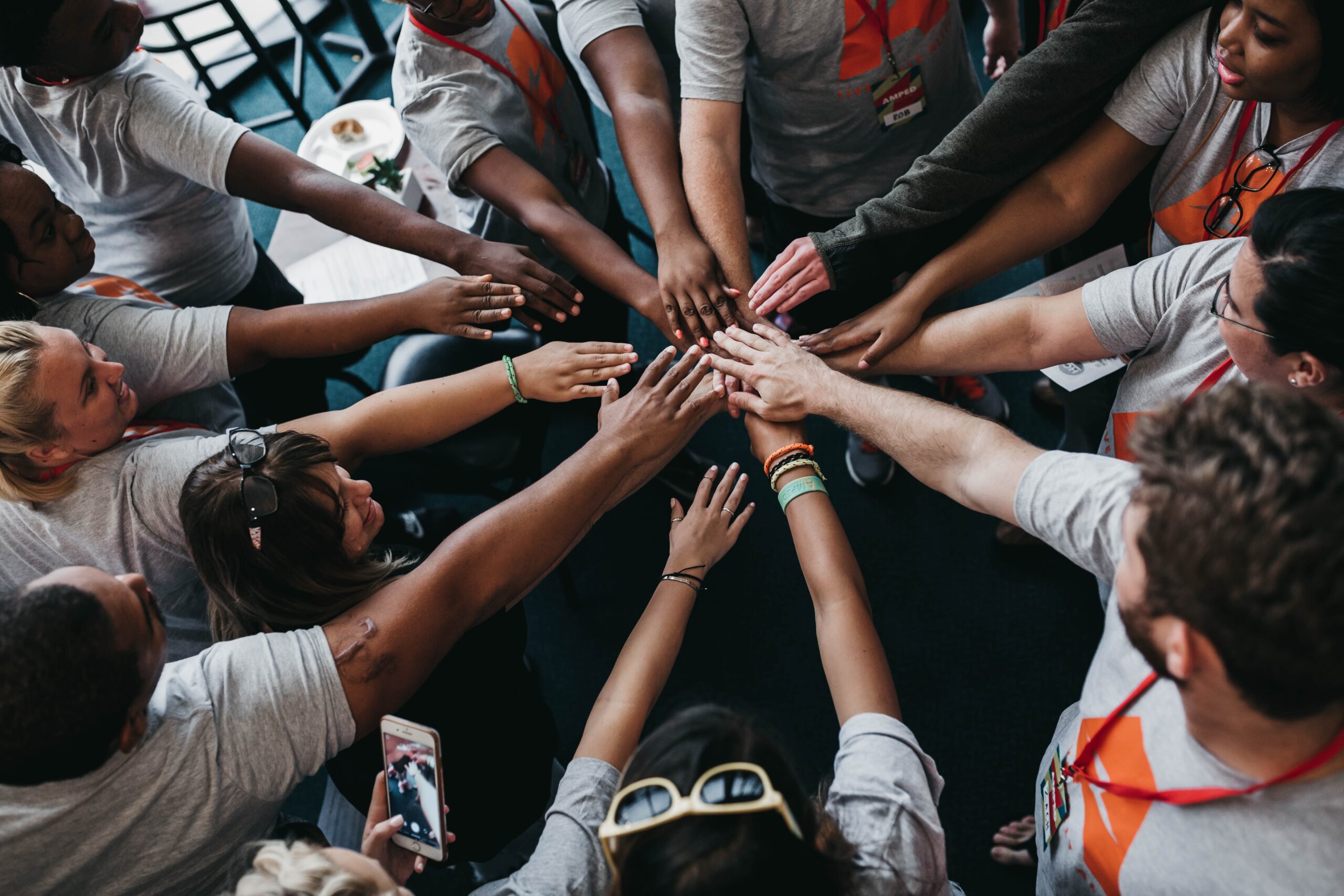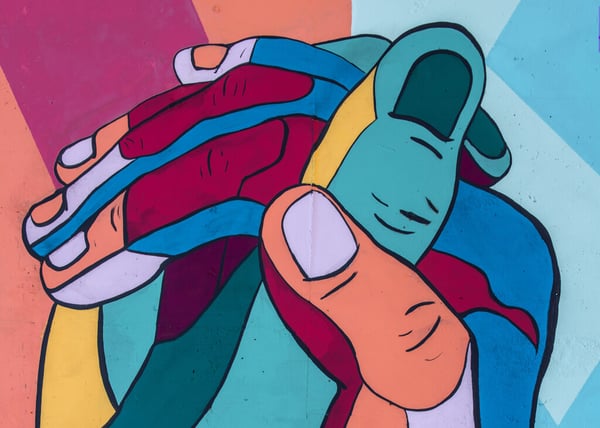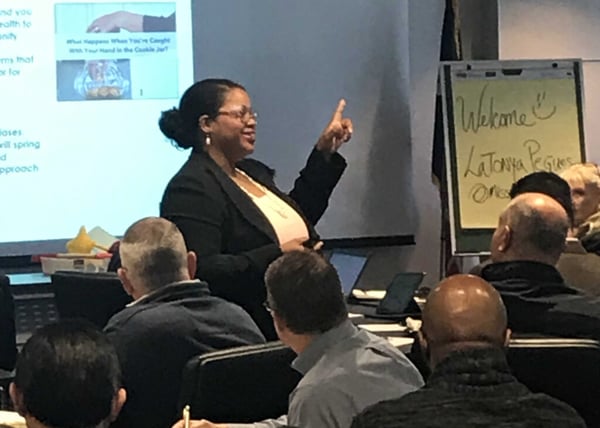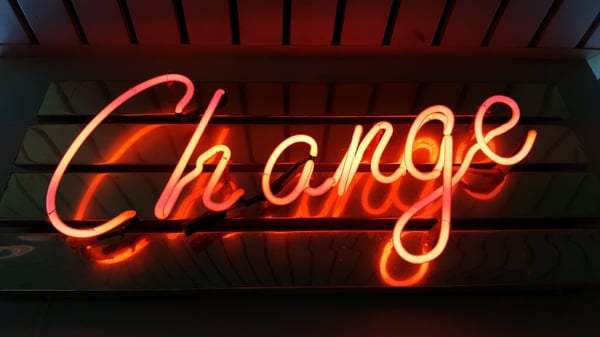How to Recognize and Address Unconscious Bias in Local Government
By NRC on January 26, 2020

- Guest Article by LaTonya J. Pegues, BOAZ Enterprises -
Are there people in your city or county that take every opportunity to sign-up to speak during public meetings or citizen communications? Some of those same people may manage to attend most public meetings, and always have a comment. In some instances, their comment(s) may have nothing to do with the topic of the public meeting, but they were intentional about making sure their topic of interest was shared with the audience.
Without even realizing it, you, as the local government employee who has heard their comment on a certain issue several times during public meetings, may begin to be influenced on the very topics those individuals always comment on even if it may not be in the best interest of the area that would be affected by their idea, or even the city or county at large.
In some instances, the people who regularly make public comments do not have the best interest of the entire city or county at heart, but only what is in their “special Interest.”
Throughout the history of the growth of cities and counties in America, there are countless stories of entire communities who were negatively affected by local government decisions, and yet were never included in the conversations and planning about their neighborhoods. As a result, many people were displaced, lost the full value of their properties, and suffered a loss of trust in their local government. In some instances, promises made to those displaced communities were not, and still have not been kept.
This type of history has opened the door for many citizens to not trust their government. In some instances it is true that the local government has been influenced by the business community and real estate developers. There may have been times what the businesses were proposing were fruitful ideas and strategies that the city or county may really have needed for growth and to manage the region.
Perhaps at this point in your career, you now realize there may have been times when decisions you were a part of making were not always in the best interest of the majority of the citizenry you serve. You may have been influenced to support projects and strategies that would only benefit the business community.
What is Unconscious Bias?

According to Dr. Renee Navarro, Vice Chancellor of Diversity & Outreach at the University of California San Francisco:
- Unconscious Bias is defined as “stereotypes about people that are formed without realizing it.”
- “Unconscious biases are social stereotypes about certain groups of people that individuals form outside their own conscious awareness.”
Historically speaking, there have been times in local governments across America where certain parts of a city or county have been underfunded in infrastructure development, access to public transportation, and distribution of resources.
Some citizens believe that even though they may come to city council meetings or commissioner’s court in large numbers to give public comment on their issue, if the vote is not in their favor, they may feel the business people and real estate developers interests have been given more value and priority than their own.
Ways to Recognize Unconscious Bias in Public Involvement
- A certain part of the city or county has not been included in the public engagement and public comment process on projects that include infrastructure (e.g. highways), growth, school closures, and development in their own neighborhoods.
- When plans are made to develop and expand infrastructure, certain parts of the city or county are not included in any part of the input of the planning.
- All parts of the city or county are not being funded equitably, and the areas with the greatest need, continue to be ignored over time.
- Were a variety of citizens who stopped participating in the public meeting process encouraged to come back and participate again?
- Some citizens who have more flexibility in their work hours, and are able to come to public meetings and share their public comments regularly.
- And some citizens who have limited transportation, lower paying jobs, and less flexibility in their working hours, may not be able to share their ideas, concerns, and desires with city council members or county commissioners during public comment period or during public meetings.
As a result, historically speaking, there have been times when the needs of under-represented citizens are not included in city and county planning, and as a result decisions have been made that were not in the best interest of those citizens. It has been said, “If you are not seated at the table, you are on the menu.”
At this point in reading this article, if this is an area you can now recognize in your city or county, that you can be more inclusive with those citizens that are no longer, or may have never been, engaged in public comment and public meetings, here are some steps you can take to address the unconscious bias in your city or county.
Ways to Address Unconscious Bias in Local Government

- Come out of denial about potential short-comings as a city or county. Denial can keep the municipality from thriving and fulfilling the civic needs of all of its citizens.
- Be courageous to implement new ways to reach citizens who may have disengaged from the public process because they felt excluded and ignored.
- Be intentional to find and make sure representatives from disengaged communities who may not have traditionally participated in public comment, town hall meetings, and outreach events, are invited and included in future outreach and planning opportunities.
- Be willing to have public involvement and public engagement meetings away from city hall and the commissioner’s court in areas that are easy to access via public transportation, are scheduled during hours where there is limited traffic, scheduled during hours when the majority of people are off work, and parking is not difficult.
Be Innovative in the Way you Reach Out to the Citizenry
Only sending emails for outreach to citizens is not the best way to regularly engage with them, especially a citizen who may be working several jobs to make ends meet, who may not have a spouse and is a parent helping children with homework.
Consider Using “Non-Traditional” Methods to Reach the Citizenry.
- Print flyers with your message that include ways your department can be reached if there are questions or comments.
- Distribute flyers in areas “where the citizens are” such as libraries, recreation centers, where utilities are paid, groceries stores, etc.
- Buy advertisements in the local newspaper, and don't forget the community newspapers that reach specific targeted audiences.
- Use social media to get your message out.
- Buy advertisements for radio & TV, and have the ads scheduled to run during different parts of the day, on several channels in order to reach people working different shifts.
When creating your strategy for public engagement and outreach, be intentional to find and invite community groups, or spokespersons who may have never participated in the public involvement process, or even those who may have been involved, but due to disagreements or feelings of being ignored and not heard, and their problems were not addressed in their favor, disengaged from the public engagement process all together.
Also, be intentional about reaching out to ethnically diverse citizens. Your attendance at each public outreach and public involvement participation event should look as diverse as the city or county where you serve. The outreach efforts should reflect the ethnic percentage of the population in your city or county. Be intentional about making sure ethnically diverse citizens feel welcome to participate and get more and stay involved in future public engagement processes.
Does Your Unconscious Bias Show at Work?

At times some citizens feel those who work in local government will only do the bidding of business people and real estate developers, and the ideas and concerns of everyday citizens are always ignored.
Take a moment to think if this is happening in your city or county. Have you unconsciously been biased towards the needs of the business community? Are the needs of the business community consistently put ahead of those of the citizenry? If so, are you willing to consider not leaning so favorably towards the business community in the future? What steps are you willing to make to ensure the needs of the citizens are addressed more often than those of the business community? It takes courage to take these steps.
According to the Vanderbilt University Office of Equity, Diversity, and Inclusion, “Because we do it without thinking, unconscious bias is more common than conscious bias and is more likely to pop-up during periods of stress or pressure.”

Practical Ways to “Undo” Bias:
- Actively listen to the stories of others.
- Avoid stereotypes and over-generalizations.
- Separate feelings from facts.
- Have an ethnically diverse group of people around the decision-making table.
- Engage in self-reflection to uncover personal biases.
- Develop safe and brave spaces to discuss unconscious bias openly.
- Be an active ally.
- Don’t expect a quick fix.
- Place processes and structures in place for increased accountability.
Ways to Discover Your Bias:
- Be aware of your true self.
- Take note of how you react and respond to different scenarios.
- Do you have favorites? Is it obvious to others?
- Look through a different lens.
- Listen to those who don’t agree with you.
- Identify what makes you uncomfortable.
- Get to the root of it and understand why you feel that way.
- Work on undoing your behavior that is offensively biased.
- Make sure various perspectives are included in the research process before making a decision.
Are There Unconscious Biases Being Represented on Your City and County Social Media Sites?
- Do the posts reflect the true essence of your city or county or what it wants to be?
- Do the posts reflect a culture of bias in favor of certain citizens?
- Is your staff consistently only posting negative pictures or updates of certain communities?
- Are the posts consistently ignoring certain citizens and their needs?
You may have to re-read this article a few times, and share it with your co-workers to get a handle on ways to recognize unconscious bias, and create strategies to undo bias that is at work in the public involvement, public engagement, and public inclusion process in your city or county.
As we embark on the new decade, 2020, be intentional about finding ways where you can be more inclusive of under-represented people, strategies, and ideas in the city and county where you serve. For far too long in some regions, people have been left out of the best opportunities to participate in their municipality because of unconscious bias in local government. As you become aware of your bias, and the bias in your city or county, be courageous and take the necessary steps to be inclusive, and fair. Remember, “It takes courage to undo bias.”

LaTonya J. Pegues is the founder and CEO of BOAZ Enterprises, a training, consulting, and communications and marketing firm. With a background in low temperature physics, and satellite engineering, she is an award winner and is known as, "The Unconscious Bias Trainer." She has provided services for clients in Africa, Asia, Europe, and throughout North America.
She provided training for the International City/County Management Association (ICMA) during ICMA University at the 105th ICMA conference in Nashville, TN and was a guest trainer at the Texas City Management Association (TCMA) during the William “King” Cole effective local government series.
LaTonya is a strong believer in community involvement and economic empowerment. She has served as a Metro Ambassador in the Capital Metropolitan Transit Authority Metro Ambassador program, as a visiting professor in the National Urban League Black Executive Exchange Program, sits on the University of Texas Club Ambassador’s Council, is a member of the South by Southwest (SXSW) Advisory Board a frequent trainer in youth STEM programs, a mentor in the Young Women of Destiny program, and is an Austin, TX chapter NAACP Community Service Award winner. Follow LaTonya J. Pegues on Social Media @theUBtrainer subscribe to her weekly Unconscious Bias Trainer blog and listen to her podcast at www.theUBtrainer.com.
Related Articles
Popular posts
Sign-up for Updates
You May Also Like
These Related Stories
Writing Great Questions

Social Desirability Bias and Mode Effect

